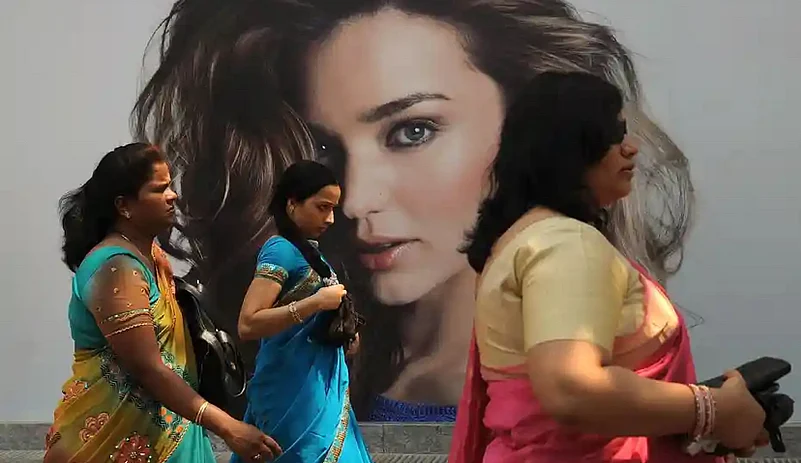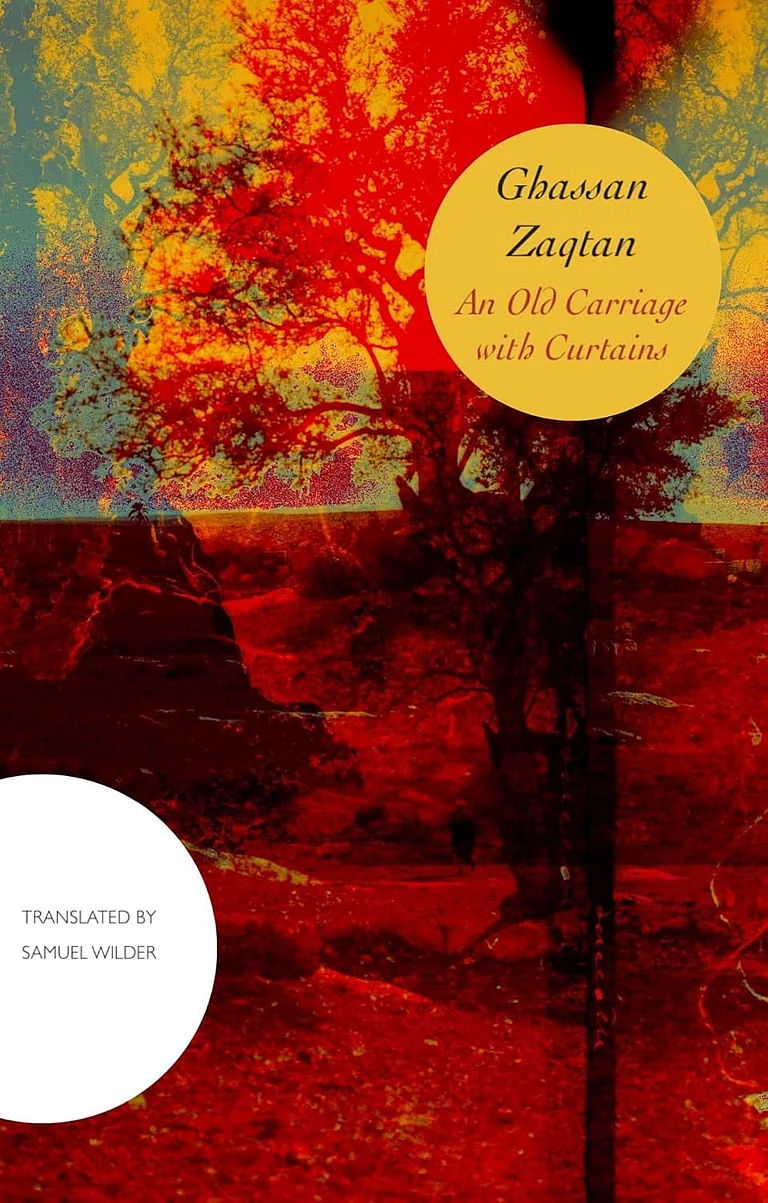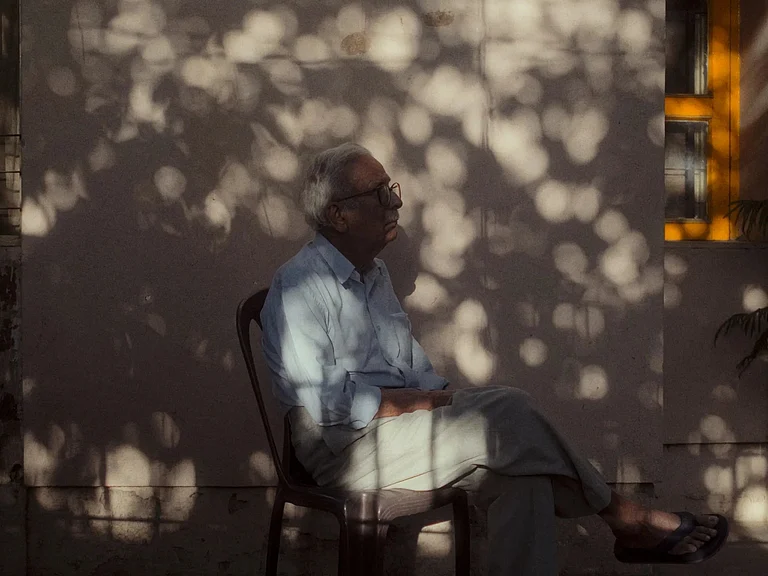Fair.
‘If only’ is a girl surveying her mother’s kitchen like a scientist in an experimental laboratory. Is it besan, milk, honey, rose water, yoghurt, or turmeric?
‘If only’ is a scrubbing of elbows and knees and secret places that sting, and a bathroom exploding citrus, and skin rubbed raw and bruised but it does not matter. Is it gone? That is the important thing. The only thing is it gone?
The dirt of my skin. The dirt that has dissolved somehow into my liquid skin, a mop of shame, plunged over and over again into water, now unclean.
‘If only’ is the substituting emphasis on ‘features’. Preceded/ followed by the inescapable ‘’but.
Well-meaning, pragmatic (cruel?).
The colour is dark, but the features are good. The features are sharp, but the colour is dark.
If only.
Do light-skinned girls wonder about their invisible, ‘features’ no one seems to notice?
Luminous, light, fair, milk, white, pearl, moon-like, dhop-dhope, angelic, angel, pure — you can line up right here behind the girl who will get the lead role in the play.
Dark, dull, brown, black, coal, kuch-kuche, dirty, unclean, unwashed, unbathed, smelly, poor, others, you don’t need to line up. Stand outside the line.
Wait to be called.
Wait. Until you’re at a friend’s home and her mother kindly says don’t play out in the sun, you’ll get darker. And already…
Until schoolboys and classmates huddle over a stolen Penthouse and you overhear, “Yaaar…so pink”. You scribble, ears burning into your notebook until the pencil tip breaks.
Again, a locked bathroom, again a mirror. So pink yaaar, but you only see brown, and browner.
Again, experiments. Ponds cream and Johnson’s talcum powder. Block eyes stare out of an ash-white face. Bare teeth that now look yellow. Ooh ooh ooh.
Monkey face. Soapy face. Washed face. Scrubbed face. Brown face.
Green makes you look dark. Navy makes you look dark. Pink is a hard no. As is white. And yellow. And of course brown.
A colour is taken away, a petal drops and shrinks into stigma, into pistil, into stalk, root, soil.
It becomes the earth, the Earth-coloured child, with shoots of green, of a wish that carries far on a bird’s wing, ‘if only’.
A bird is now in America. A myna. Dishwater brown is now ‘a tan’.
A myna is now golden-hued, a natural goddess, a contrast to rueful pale, (I just go red, this Irish skin!), brown, like chocolate, mocha, caramel, skin that breathes summer all year round. Exotic.
Again skin. Always skin.
A man, drunk comes up too close to sputter, “Maaaan, you’re beautiful.” I can see little spider veins run down the sides of his very pale face, now ruddy.
Thank you, I say. I throw in an Indian bob for emphasis. The emphasis is on the distance between our worlds and the line in the sand.
Often I say thank you. How would they know I say it ironically. I don’t want to. I want to mean thank you. But the ‘if only’ settled too early within.
Is it possible? To not be fair and be beautiful. Or to be beautiful not because I am not fair.
Is the animal heart appeased? Has the edge of the ‘if only’ dulled?
I am now 47-years-old. My daughter wants to play handball. It’s summer and hot. She will burn. Her face will get many shades darker.
I loathe that I think about it. I loathe that the ‘if only’ shadows me, even if as a whisper in my ear. That it will never entirely go away. But I see it and I will fight myself every day for it to not live in my children.
I no longer see it when I see my face. I see other things but I no longer see the ‘what if’. Perhaps she too is tired. A lifetime is a long time to wonder.
And of course, I sign her up.
(Nandini Sen Mehra is an author and a poet. Views expressed are personal.)























